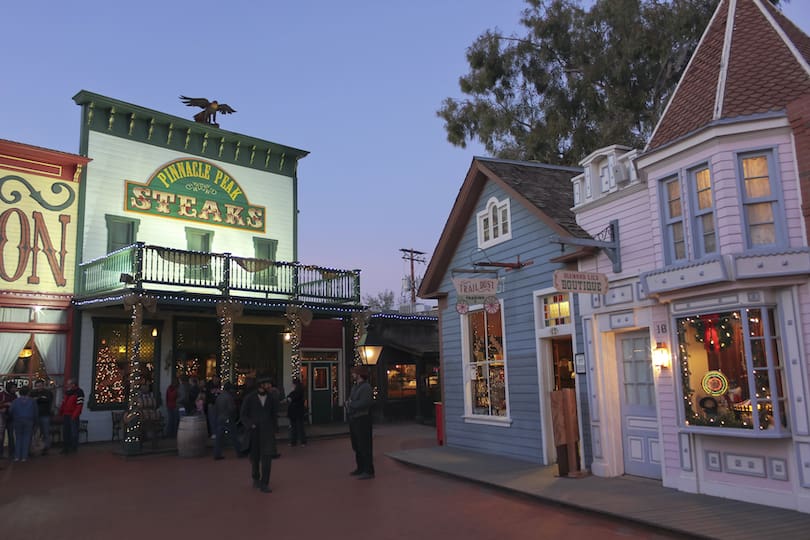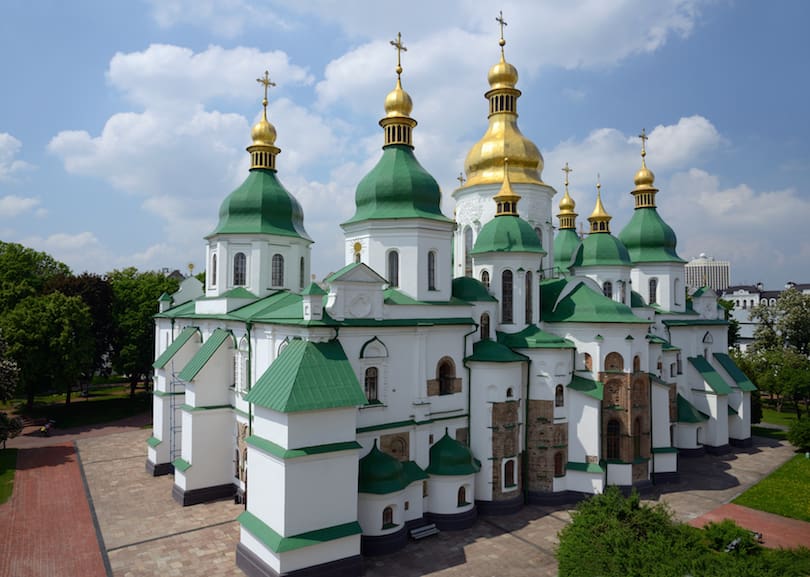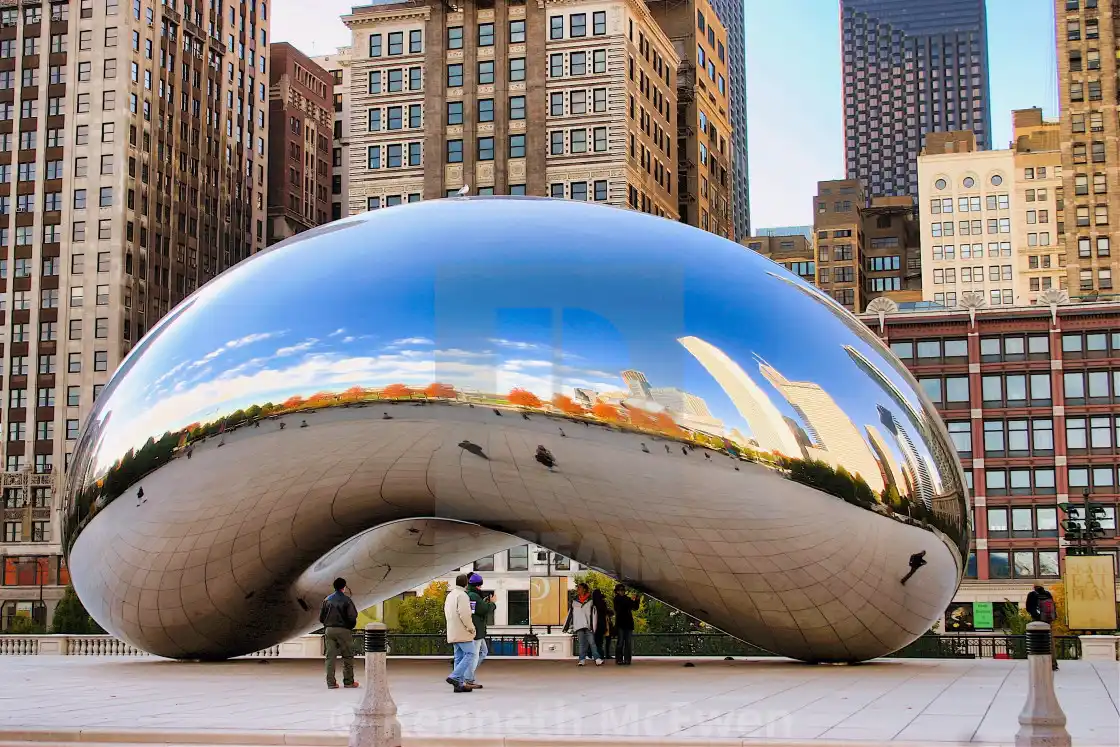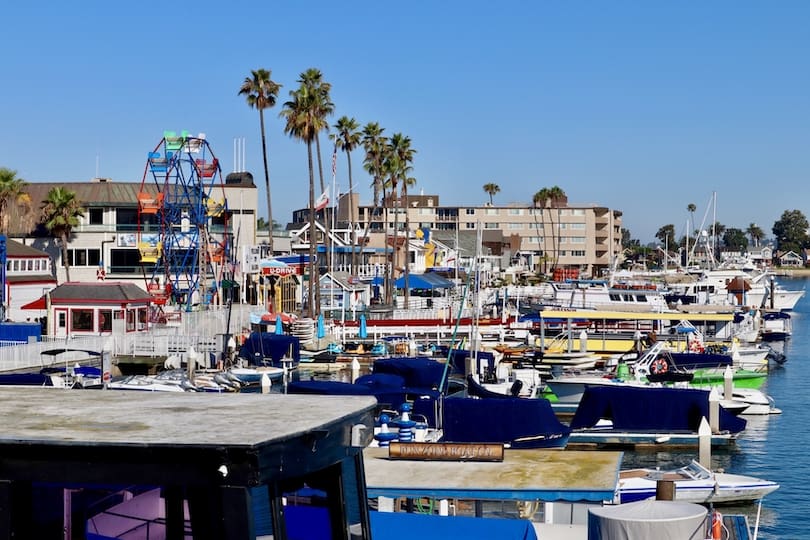Are you an adventurous traveler looking to explore the wonders of the world? Then look no further than Ollantaytambo, Peru, a small town in the Sacred Valley that boasts an incredible set of ruins. These ruins are not only architecturally impressive but also shrouded in mystery and history. Here, we’ll explore the secrets of the Ollantaytambo ruins and uncover the fascinating history behind them.
Introduction
In this article, we will explore the many secrets of the Ollantaytambo ruins. We will discuss the history of Ollantaytambo and its significance in Inca culture. We will also take a closer look at the Temple of the Sun, the Terraces, the Military Fortress, the Water Temple, the Intihuatana Stone, the Baños del Princesa, and the Pinkuylluna Mountain Granaries. By the end of this article, you will have a deeper understanding of the secrets and history of the Ollantaytambo ruins.
Brief history of Ollantaytambo
Ollantaytambo was an important center for the Inca civilization. It was a military, administrative, and religious center located at the intersection of two valleys. The town was built on top of original Inca foundations and it still retains much of its original Inca architecture. The town is surrounded by mountains, which added to its strategic importance.
The Temple of the Sun
The Temple of the Sun is one of the most impressive structures in Ollantaytambo. It is located on the highest terrace of the ruins and it was likely a religious center. The temple is made of massive stones that were quarried from a nearby mountain. The stones were transported to the site and were fitted together with such precision that not even a blade of grass could fit between them.
Overview of the Temple of the Sun and its features
The Temple of the Sun is a rectangular structure that is oriented towards the east. It has a large central doorway and a series of smaller doorways that lead to chambers inside the temple. The temple is made of massive stones that weigh up to 50 tons each.
Significance of the Temple of the Sun in Inca culture
The Temple of the Sun was a sacred site for the Inca people. It was likely used for religious ceremonies and rituals. The temple was also used as a place for storing important items and treasures.
The role of astronomy in the construction of the Temple of the Sun
The Inca people were skilled astronomers and they used their knowledge of the stars to align their buildings with the movements of the sun and other celestial bodies. The Temple of the Sun was constructed with its main axis aligned with the rising sun on the winter solstice.
The Terraces
The Terraces are a series of agricultural platforms that were built into the mountainside. The terraces are an impressive engineering feat, and they are still used for agriculture today.
Explanation of the terraces and their features
The Terraces are made of stone walls that were built into the mountain. The walls create a series of steps that are used for growing crops. The terraces were designed to capture and retain water, which was essential for agriculture in the arid region.
Agricultural significance of the terraces
The Terraces were an important source of food for the Inca people. They were used to grow crops such as corn, potatoes, and quinoa. The terraces also helped to prevent erosion and soil depletion.
How the terraces were built and their engineering feats
The terraces were built by hand using stone tools. The walls were constructed using a technique called “ashlar masonry,” which involved fitting together stones of different shapes and sizes without the use of mortar. This technique allowed the walls to be strong and durable, and also helped to prevent water from seeping through the walls.
The construction of the terraces required a significant amount of engineering skill. The walls had to be built at a precise angle in order to ensure proper drainage and irrigation. The walls were also designed to be stepped, allowing for multiple levels of terraces to be built on steep hillsides. This engineering feat allowed the Inca people to maximize the amount of agricultural land available to them.
Additionally, the terraces were designed to take advantage of the natural landscape. The walls were built to follow the contours of the hills, creating a series of microclimates that were ideal for growing a variety of crops. The terraces were also designed to capture and store water from nearby streams and springs, ensuring that the crops had a reliable source of water.
Overall, the construction of the terraces was a remarkable engineering achievement. It allowed the Inca people to cultivate a variety of crops in a region with difficult terrain and limited resources. The terraces were not only an important source of food, but also a testament to the ingenuity and skill of the Inca people.
Next, we will explore the military fortress of Ollantaytambo and its historical significance.
The Military Fortress:
The military fortress of Ollantaytambo is another impressive feature of the ruins. It is located on a hill overlooking the town and was designed to protect the valley from invaders. The fortress features massive terraces that served as both defensive walls and agricultural fields.
The military importance of Ollantaytambo lies in its strategic location. It was positioned at the entrance to the Sacred Valley, the heart of the Inca empire. The fortress controlled access to this region, which was essential for the Inca’s survival. It also provided a vantage point for observing the surrounding area, allowing the Inca to anticipate and prepare for attacks.
One of the most significant events in the history of the Ollantaytambo fortress was the Battle of Ollantaytambo. This battle took place in 1536 during the Spanish conquest of Peru. The Inca leader Manco Inca led a rebellion against the Spanish, and Ollantaytambo was one of the main strongholds of the rebellion. Despite being outnumbered and outgunned, the Inca warriors fought bravely and managed to inflict significant damage on the Spanish forces. The battle ended in a stalemate, but it was a significant moral victory for the Inca and demonstrated the strength of their military.
The Water Temple:
The Water Temple is another fascinating feature of the Ollantaytambo ruins. It is located near the base of the ruins and was dedicated to the worship of water. The temple features a series of aqueducts and channels that bring water from nearby springs into the temple complex.
The religious significance of the Water Temple lies in the importance of water in Inca culture. Water was seen as a sacred element and was believed to be a source of life and fertility. The Inca built elaborate systems of canals and aqueducts to bring water to their cities and agricultural fields, and they performed rituals to honor the water deities.
The Intihuatana Stone:
The Intihuatana Stone is a mysterious feature of the Ollantaytambo ruins. It is a large rock outcropping that has been carved into a complex geometric shape. The stone is aligned with the cardinal points and was used as an astronomical observatory by the Inca.
The astronomical significance of the Intihuatana Stone lies in its use as a solar clock. The stone casts a shadow that moves throughout the day, marking the passage of time. It was also used to determine the dates of important festivals and ceremonies. Some theories suggest that the stone was used for spiritual purposes as well, such as anchoring the spirit of the land or communicating with the gods.
The Baños del Princesa:
The Baños del Princesa, or Princess Baths, are a unique feature of the Ollantaytambo ruins. They are a series of hot springs located at the base of the ruins, and they were used for both relaxation and medicinal purposes by the Inca.
The significance of the Baños del Princesa lies in the role of hot springs in Inca society. The Inca believed that hot springs had healing properties and used them to treat a variety of ailments. They also believed that the hot springs were sacred and performed rituals to honor the water deities.
The Pinkuylluna Mountain Granaries:
The Pinkuylluna Mountain Granaries are a series of stone structures located on a mountain above the Ollantaytambo ruins. They were used to store grain and other agricultural products and were essential to the survival of the Inca.
The agricultural significance of the granaries lies in their ability to store food for long periods. The Inca relied heavily on agriculture, and they needed a way to preserve their crops to ensure a steady food supply throughout the year. The Pinkuylluna Mountain Granaries provided a solution to this problem by utilizing the natural climate of the mountain to preserve the crops.
The granaries are constructed from large stones, and their design incorporates a series of windows and ventilation shafts to allow for air circulation. This feature helped to regulate the temperature and humidity inside the granaries, preventing mold and pests from damaging the crops.
The engineering feats involved in the construction of the Pinkuylluna Mountain Granaries are impressive, given their location on a steep mountain slope. The Inca engineers managed to construct the granaries using a system of terraces and retaining walls that allowed for the granaries to be built on the side of the mountain.
The Pinkuylluna Mountain Granaries are a testament to the ingenuity of the Inca and their advanced knowledge of agriculture and engineering. They provide a glimpse into the daily life and survival strategies of the Inca people.
In modern times, the Pinkuylluna Mountain Granaries are a popular tourist attraction and offer visitors the opportunity to explore and learn about the history and culture of the Inca. A visit to the granaries is an excellent way to experience the stunning views of the Ollantaytambo valley and gain a deeper understanding of the agricultural practices and engineering prowess of the Inca.
Conclusion
the Ollantaytambo ruins are a treasure trove of history, culture, and engineering feats. Each site within the ruins, from the Temple of the Sun to the Pinkuylluna Mountain Granaries, has its own unique story and secrets to uncover. Visiting the ruins is an unforgettable experience that offers a glimpse into the lives and traditions of the Inca people. Anyone interested in history, culture, or engineering should make a point of exploring the Ollantaytambo ruins and discovering their secrets for themselves.
FAQs
- What is the best time of year to visit Ollantaytambo and the ruins?
- The best time to visit is during the dry season, which runs from May to September.
- How do I get to Ollantaytambo from Cusco?
- You can take a taxi, bus, or train from Cusco to Ollantaytambo.
- Can I climb the ruins?
- Visitors are allowed to climb the ruins, but some areas may be off-limits or restricted.
- Are there guided tours of the ruins?
- Yes, there are many guided tours available in Ollantaytambo that include the ruins.
- What else is there to do in Ollantaytambo besides visit the ruins?
- Ollantaytambo has many other attractions, including local markets, museums, and hiking trails.









Some times its a pain in the ass to read what website owners wrote but this site is very user pleasant! .
Your place is valueble for me. Thanks!…
Thank you, I have just been searching for information about this topic for ages and yours is the greatest I’ve discovered so far. But, what about the bottom line? Are you sure about the source?
I am glad to be one of several visitants on this outstanding web site (:, thanks for posting.
Este site é realmente fascinate. Sempre que acesso eu encontro coisas diferentes Você também pode acessar o nosso site e descobrir mais detalhes! conteúdo único. Venha saber mais agora! :)
Hello There. I found your blog using msn. This is an extremely well written article. I will be sure to bookmark it and return to read more of your useful information. Thanks for the post. I’ll certainly comeback.
There are some fascinating deadlines on this article but I don’t know if I see all of them middle to heart. There is some validity but I will take hold opinion till I look into it further. Good article , thanks and we want more! Added to FeedBurner as properly